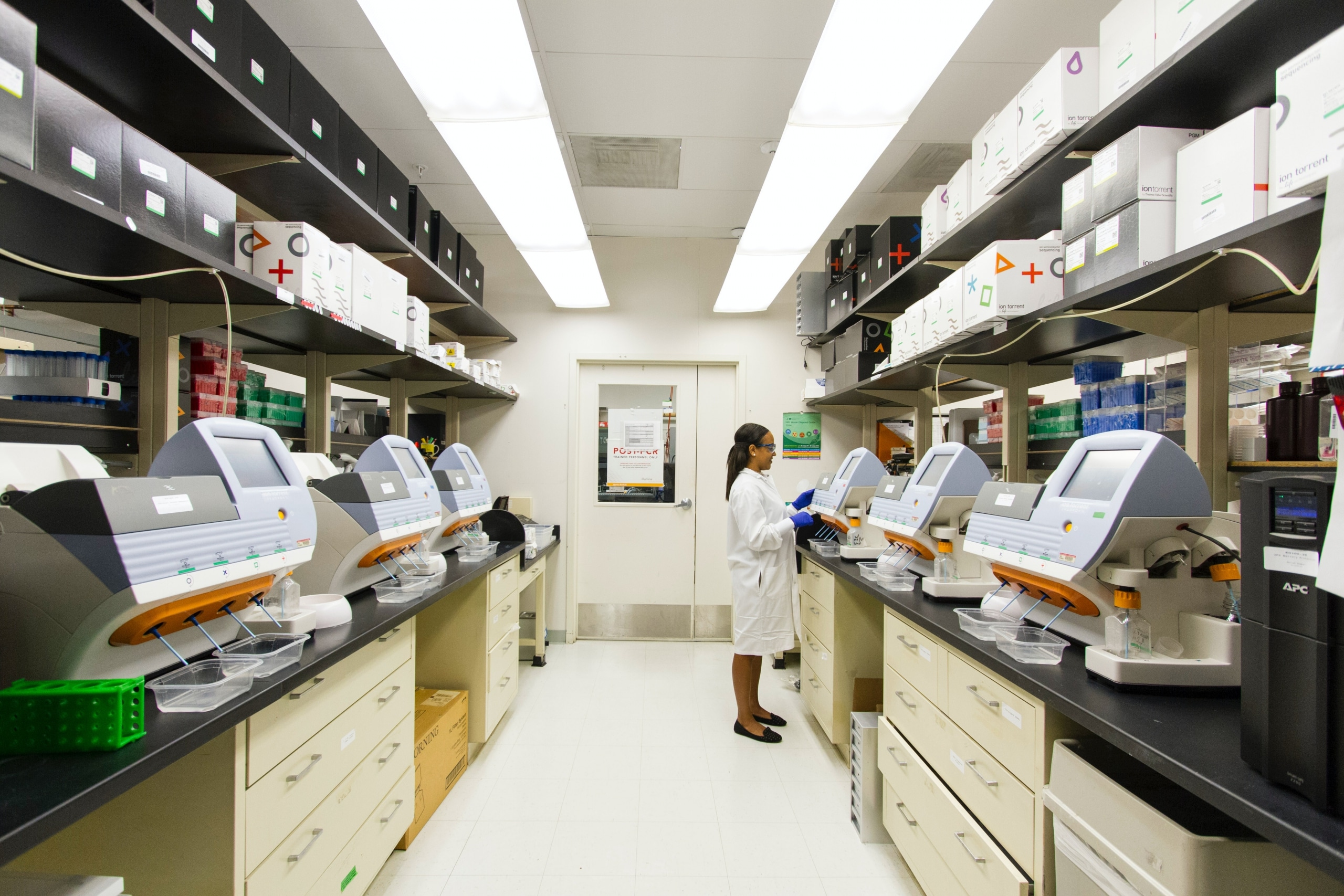The State of the Scientific Instruments Market After the COVID-19 Pandemic
In 2020, the laboratory analytical and life science instrumentation industry played a critical role in assisting various end-markets in abating the COVID-19 pandemic. Select vendors were able to weather business disruptions by meeting pandemic-related demand for certain product offerings. However, the question now is, what will be the condition of the laboratory analytical and life science instrumentation industry after the threat of the coronavirus’s spread lessens?
In February 2021, Strategic Directions International (SDi) released the “2021 Global Assessment Report: The Analytical and Life Science Instrumentation Industry” report, which outlines the laboratory analytical and life science instrumentation sector’s market conditions for 2020 in as well as provides market data forecasts for coming years. Specifically, the report gives an overview of the industry’s laboratory technologies, market developments, and forecasts by region, product type and other categories.
The report divides instrumentation technologies into 10 categories: chromatography, mass spectrometry (MS), atomic spectroscopy, molecular spectroscopy, life science instrumentation, surface science, materials characterization, lab automation & informatics, sample preparation techniques and lab equipment. The leading vendors of these technologies include multi-billion dollar companies such as Agilent Technologies, Danaher, MilliporeSigma, Thermo Fisher Scientific and Waters.
The report values the analytical and life science instrumentation market at $65.8 billion for 2020 and forecasts a mid-single-digit CAGR through 2025. During this period, the life science instrumentation and MS sectors are expected to be the main drivers for the market’s performance. For the MS sector, the report cites the technology’s strong presence in the pharmaceutical/biotech end-market and the rising demand for cost-effective and flexible LC/MS systems as fueling growth. Reviewing the life science instrumentation market, the report states that post-pandemic demand will be high, thanks in part to the role sequencing plays in R&D, QA/QC and clinical applications.
Despite a bright outlook, the report highlights some potential challenges that the laboratory analytical and life science instrumentation market could face in the future. For instance, the report states the possibility of some technologies sectors’ growth slowing after COVID-19-related needs subside. This would cause an adjustment in market demand.
Despite such a possibility, the laboratory analytical and life science instrumentation sector is forecast to grow through 2025. This is against the backdrop of the COVID-19-pandemic, which has shown the crucial role the laboratory analytical and life science instrumentation industry plays in pharmaceutical research, clinical diagnostics and healthcare solutions.





